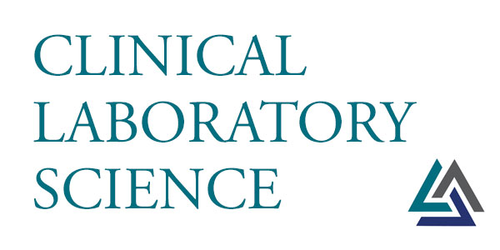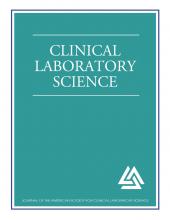This article requires a subscription to view the full text. If you have a subscription you may use the login form below to view the article. Access to this article can also be purchased.
- Tamara Hew-Butler, DPM, PhD, FACSM⇑
- Kevin Weisz, BS
- Address for Correspondence: Tamara Hew-Butler, DPM, PhD, FACSM, School of Health Science, 3157 HHB, Oakland University, 2200 N. Squirrel Rd, Rochester, MI 49309; hew{at}oakland.edu
Recognize the regulated variables of water balance (osmolality and volume)
Describe the short-term regulation of water balance
Explain long-term adaptations to chronic dehydration and overhydration
Recognize the limitations and advantages for using body weight and urine color to determine hydration status
Abstract
In both hyponatremia and hypernatremia, the sodium value (numerator) appears the most deranged. However, it is the changes in water content (denominator) that is most responsible for the pathophysiology, morbidity and mortality associated with dysnatremia. Therefore, fluid homeostasis involves both short-term and long-term water regulation at the molecular level to accommodate simultaneous and continuous changes in both fluid intake and output. Behavioral manipulation of long-term renal adaptations appear counter-intuitive in healthy individuals (i.e. water-loading induces dehydration – not water retention - in athletes seeking to “weigh-in light”), but do offer protection against behavioral (polydipsia) and environmental (dehydration) extremes. This mini-review summarizes both the short-term and long-term renal response to water intake, from the molecular perspective of the aquaporin-2 water channel. Then, four frequently asked questions will be addressed from this perspective: 1) What are the clinical consequences of drinking too much and 2) What are the clinical consequences of drinking too little? 3) How do we measure hydration? And 4) How much water do we need? We will close with practical advice on how humans should best maintain normal blood sodium concentrations (normonatremia, with preferential cellular size) from the perspective of thirst, vasopressin and small - but powerful - armies of aquaporin channels.
ABBREVIATIONS: [Na+] – sodium concentration, ADH - anti-diuretic hormone, AVP – arginine vasopressin, AQP – aquaporin, AQP2 – aquaporin-2 water channel, V2R – vasopressin 2 receptors, SIADH - syndrome of anti-diuretic hormone secretion, UOsm - urine osmolality, USG – urine specific gravity,
- © Copyright 2016 American Society for Clinical Laboratory Science Inc. All rights reserved.






